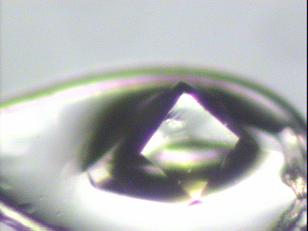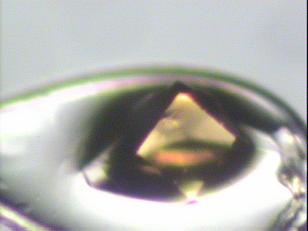Introduction
Introduction

Specific X-ray damage can present a serious convolution while using macromolecular crystallography to study intermediates. Radiation-sensitive samples such as redox or photoactive proteins have been shown to yield clear spectral signatures that can be used to identify altering intermediate states and to modify data collection strategies correspondingly (Berglund et. al., 2002, Edman et. al., 1999). Similarly, specific damage such as disulphide radical formation can be monitored spectroscopically in real time. An online microspectrophotometer has been constructed and made available for users on the Grenoble MX-beamlines. The new instrument, compatible with the MiniDiffractometer and Sample Changer, allows monitoring of full spectra at high temporal resolution in parallel with X-ray data collection. Furthermore, fluorescence spectra have been obtained. These complementary techniques will aid in the interpretation of X-ray data in the presence of radiation damage.
User Guide

The user guide presented here is intended to familiarize users with the new online microspectrophotometer. It should be noted however that:
1. All components will be installed by the local contact
2. Full training will be given at the start of each experiment (please complete your safety training before arriving at the beamline)
3. Dedicated local contact support will be available on-site.



